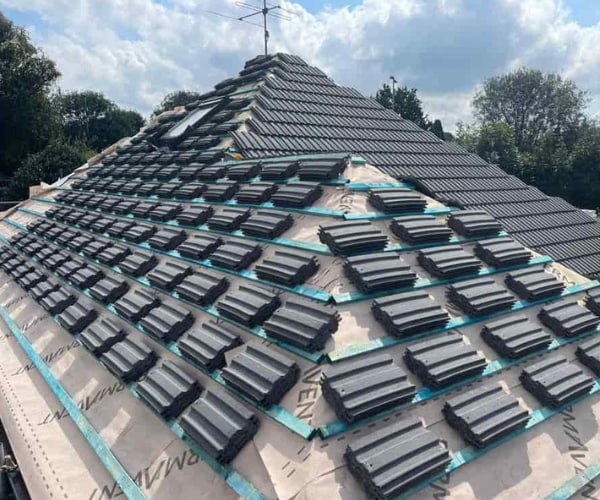How to Spot Hidden Lead Flashing Damage
Introduction: Lead flashing is crucial in protecting your home from water infiltration. While lead flashing is known for its durability, it can still sustain damage over time, especially in harsh weather conditions. Identifying hidden lead flashing damage is essential to prevent leaks and structural issues. In this blog post, presented by SCG Roofing Earls Barton, we’ll discuss how to spot hidden lead flashing damage before it becomes a more significant problem.
The Importance of Lead Flashing Inspection
Regular inspection of lead flashing is key to maintaining your roof’s integrity. Hidden damage can be challenging to detect, as it often occurs beneath the surface or in less visible areas. Here are some steps you can take to spot hidden lead flashing damage:
1. Visual Inspection
Start with a visual inspection of the exposed lead flashing on your roof. Look for the following signs of damage:
- Cracks or Splits: Examine the surface of the lead flashing for cracks, splits, or gaps. These are prime areas for water infiltration.
- Discoloration: Discolored or dark spots on the lead flashing may indicate corrosion or weathering.
- Buckling or Warping: If the lead flashing appears to be buckling or warping, it may indicate structural damage underneath.
- Loose or Missing Sections: Check for any sections of lead flashing that are loose or entirely missing.
2. Water Stains
Inspect the ceilings and walls inside your home for water stains or discolouration. These stains can indicate water leaks caused by damaged lead flashing. Pay close attention to areas near chimneys, skylights, and roof valleys, as they are common locations for leaks.
3. Mold and Mildew Growth
Mold and mildew thrive in damp environments. If you notice mould or mildew growth on your ceilings or walls, it could be a sign of hidden water leaks caused by damaged lead flashing. Addressing the source of moisture is essential to prevent further mould growth.
4. Attic Inspection
If you have access to your attic, inspect it for signs of water infiltration. Look for wet insulation, water stains on the rafters or decking, or any visible signs of leaks from above.
5. Roofing Material Damage
Examine the surrounding roofing materials, such as shingles or tiles, for signs of wear or damage near the lead flashing. Damaged roofing materials can be an indication of underlying issues with the flashing.
6. Professional Inspection
While DIY inspections are valuable, it’s advisable to have your lead flashing inspected by a professional roofing contractor regularly. Professionals have the experience and tools to detect hidden damage that may not be apparent during a visual inspection.
Conclusion: Spotting hidden lead flashing damage early can save you from costly repairs and structural issues. Regular visual and professional inspections are essential to maintaining your roof’s integrity and preventing water infiltration. If you suspect hidden lead flashing damage or need assistance with inspection and repairs, don’t hesitate to contact SCG Roofing Earls Barton. Our experienced roofing team can help protect your home from the elements.
Call us on: 01604 261 699
Click here to find out more about SCG Roofing Earls Barton
Click here to complete our contact form and see how we can help with your roofing needs.

